The Role of Foot 3D Scanners in Enhancing Sports Shoe Performance
In recent years, the sports footwear industry has experienced a significant transformation, thanks in large part to technological advancements. One of the most groundbreaking innovations is the development of the foot 3D scanner, a tool that has revolutionized the way sports shoes are designed, manufactured, and fitted. By providing detailed, accurate data about the shape, structure, and pressure points of an individual's feet, the foot 3D scanner plays a pivotal role in enhancing sports shoe performance, offering athletes a more personalized and efficient solution to meet their performance goals.
Traditional shoe fitting methods often rely on general sizing and basic measurements, but they fail to account for the unique characteristics of each individual's foot. The foot 3D scanner bridges this gap by creating a precise, three-dimensional model of the foot, capturing every curve, arch, and contour. With this technology, sports shoe manufacturers are now able to design footwear that is not only more comfortable but also optimized for performance.
How Foot 3D Scanners Work
The foot 3D scanner operates by scanning the foot in real time, using technologies such as laser scanning, structured light, or photogrammetry. These advanced scanning methods create highly accurate 3D representations of the foot's shape, allowing designers to analyze various attributes such as the arch, toe alignment, heel height, and overall foot structure.
The process is simple: a person steps onto the scanning platform, and the scanner captures the dimensions of their feet from multiple angles. This data is then processed to generate a digital model of the foot. From this model, manufacturers can extract detailed information about the foot’s pressure distribution, movement patterns, and specific needs. This information is invaluable when creating sports shoes that are tailored to the unique biomechanics of an athlete's feet.
Enhancing Sports Shoe Fit and Comfort
One of the primary ways the foot 3D scanner enhances sports shoe performance is by improving the fit and comfort of the shoes. Comfort is critical for athletes, as discomfort can lead to poor performance or even injuries. Traditional shoe sizing methods, which rely on generic measurements, often fail to account for foot variations like arch height, foot width, and toe alignment.
The foot 3D scanner provides a highly accurate digital representation of an athlete’s foot, capturing even the smallest details that impact comfort. With this precise data, designers can create shoes that fit better, reduce friction, and improve overall foot health. By customizing shoes to fit the individual’s foot shape, athletes experience less pain and discomfort during physical activity, leading to improved performance.
Improving Sports Shoe Performance Through Foot Pressure Mapping
Another significant advantage of the foot 3D scanner is its ability to map foot pressure distribution. This is especially important for sports footwear, as understanding how pressure is applied to the foot during various activities can help designers optimize shoe performance.
Athletes put a lot of stress on their feet during sports activities, whether it's running, jumping, or changing directions. The foot 3D scanner can provide crucial data on how weight is distributed across the foot during movement, highlighting areas of high pressure that may lead to discomfort or injury. With this information, sports shoe manufacturers can strategically place cushioning, support, or flexibility in specific areas of the shoe, enhancing comfort and reducing the risk of injury.
For example, in running shoes, the foot 3D scanner can identify areas where additional cushioning or arch support is needed, ensuring that the shoe absorbs impact efficiently. In basketball shoes, it can help design soles that provide better grip and ankle support, improving performance during quick lateral movements. By analyzing pressure distribution data, the foot 3D scanner ensures that sports shoes are optimized for maximum comfort, stability, and performance.
Tailoring Sports Footwear to Different Athletic Activities
Different sports place unique demands on the feet, and the foot 3D scanner helps manufacturers tailor footwear to meet these specific needs. For example, running shoes need to provide cushioning and flexibility, while basketball shoes require more ankle support and grip. The foot 3D scanner allows manufacturers to customize shoes for a wide range of athletic activities, ensuring that athletes get the best performance from their footwear.
For runners, the foot 3D scanner can be used to design shoes that provide the perfect balance of cushioning and responsiveness. By capturing detailed data on foot strike patterns and pressure points, manufacturers can create shoes that reduce the risk of common running injuries, such as shin splints and plantar fasciitis. Similarly, in sports like tennis or soccer, where sudden directional changes are common, the foot 3D scanner helps create shoes that offer greater stability and support, minimizing the risk of sprains or strains.
Reducing Injury Risks with Personalized Sports Footwear
Sports-related injuries are a significant concern for athletes, and footwear plays a critical role in preventing these injuries. Poorly fitted shoes or shoes that don’t provide the right support can lead to a range of injuries, including sprains, strains, and stress fractures. The foot 3D scanner helps reduce the risk of injury by ensuring that shoes are specifically designed to address the individual needs of each athlete’s foot.
By capturing detailed data on foot structure, pressure points, and movement patterns, the foot 3D scanner allows for the creation of shoes that provide optimal support in high-stress areas. For example, athletes with high arches may require additional arch support, while those with flat feet may benefit from shoes that provide extra cushioning and stability. The scanner can also identify areas of the foot that experience excessive pressure, helping manufacturers design shoes that minimize the risk of blisters or calluses.
Enhancing Shoe Durability and Performance
The foot 3D scanner also plays a role in improving the durability of sports shoes. By using detailed foot scan data, manufacturers can design shoes that better withstand the demands of sports activities. For example, shoes designed for running can have soles optimized for wear resistance, while basketball shoes may have reinforced areas for increased durability during high-impact movements.
By understanding the biomechanics of the foot and how it interacts with the shoe during physical activity, manufacturers can create shoes that not only perform better but last longer. This added durability ensures that athletes get the most out of their footwear, reducing the need for frequent replacements and offering greater value over time.
Future Trends: AI Integration and Smart Footwear
Looking ahead, the integration of artificial intelligence (AI) with foot 3D scanners holds exciting potential for the sports footwear industry. AI can analyze the data captured by the scanner and make real-time recommendations for optimizing shoe design. This could include suggesting specific materials, adjusting cushioning levels, or recommending shoe modifications based on an athlete’s performance needs.
Additionally, as technology advances, we may see the development of “smart” footwear that integrates sensors with 3D scanning technology. These sensors could track an athlete’s foot movement and pressure distribution during activity, providing real-time feedback and performance insights. This could lead to even more personalized footwear, helping athletes optimize their performance and reduce the risk of injury.
The foot 3D scanner has become an invaluable tool in the sports footwear industry, enabling manufacturers to design shoes that are perfectly tailored to an athlete’s foot. From improving comfort and fit to enhancing performance and reducing injury risks, the foot 3D scanner plays a crucial role in elevating sports shoe technology. As the technology continues to evolve, it will undoubtedly lead to even more innovative and personalized solutions for athletes, helping them perform at their best while reducing the risk of injury. Whether you're a professional athlete or a weekend warrior, the future of sports footwear looks brighter than ever, thanks to the advancements made possible by the foot 3D scanner.

 +86-0755-86131192
+86-0755-86131192 2024-12-19
2024-12-19 Back to list
Back to list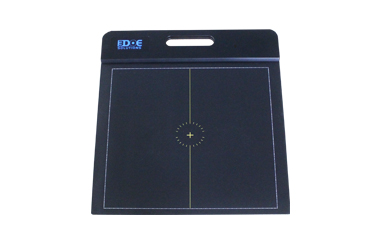
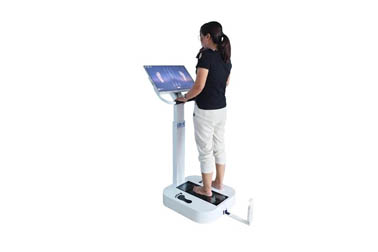
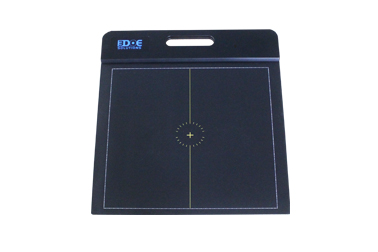
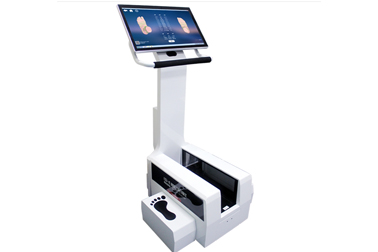
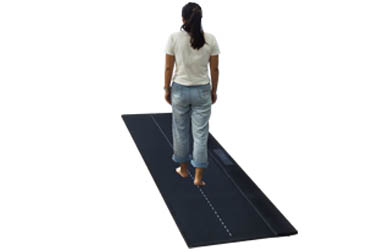
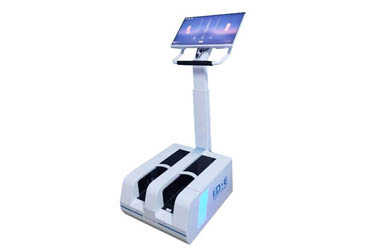



 +86-0755-86131192
+86-0755-86131192